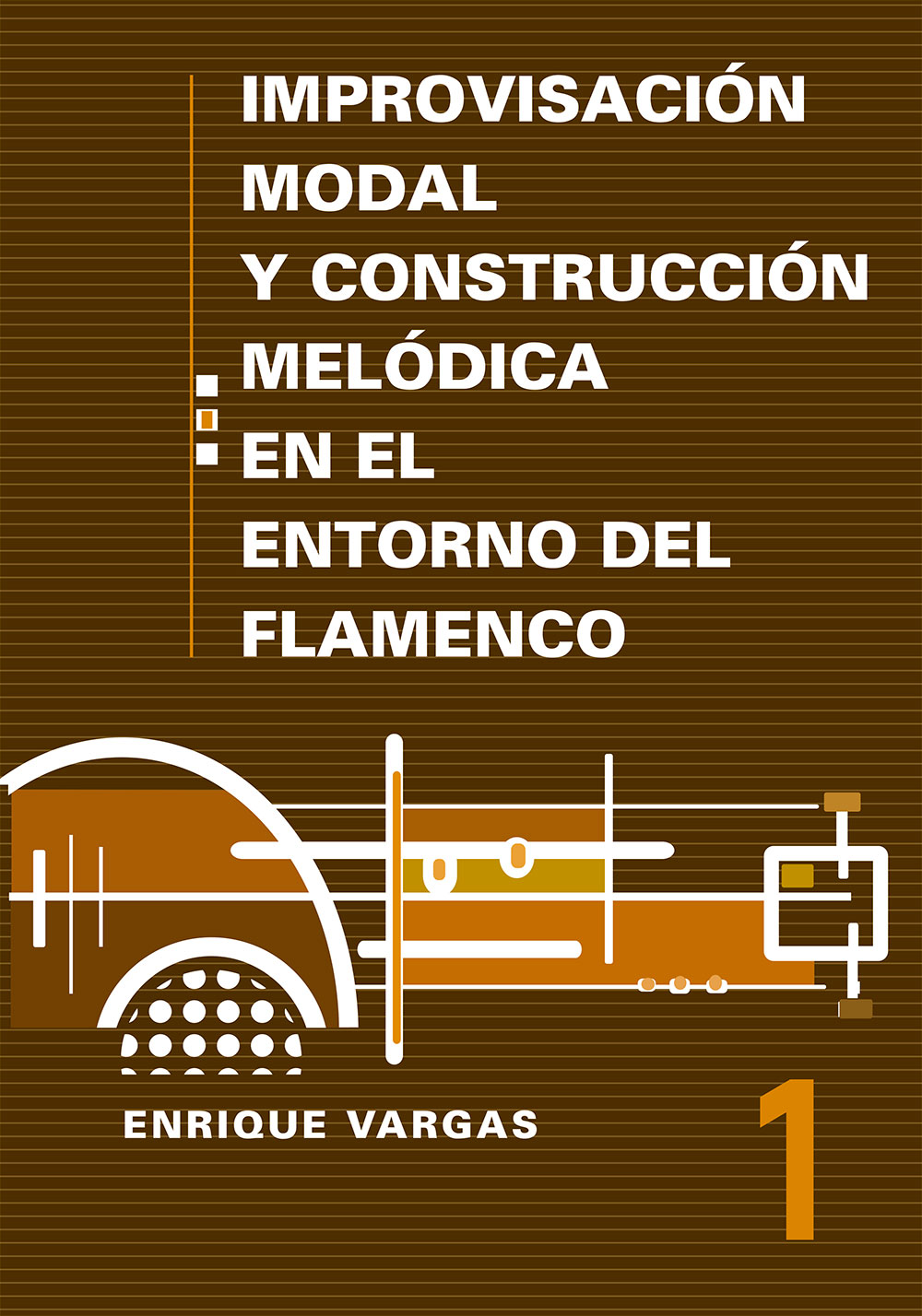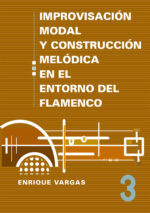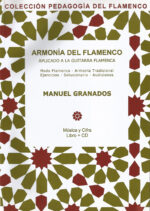Description
Part 1 : The Seven Basic Modes and Their Guitar FingeringsIn this part, the seven Greek modes, their relationship with the mother mode and their six guitar fingerings are presented and explained. PART 2: Modal PermutationsThe concept of symmetrical permutations is essential for melodic construction. In this part, the concept is analyzed and explained, and three types of symmetrical permutations, with their corresponding guitar fingerings, are presented for the basic modes. These permutations are perfectly valid for musical instruments other than the guitar; one can play them and just ignore the guitar fingering symbols.
PART 3: Harmonic Aspects of the Basic Modes and Their Application to Accompaniment and SoloingThis part deals with every harmonic aspect of the seven basic modes. First, the structures like triads, seventh, ninth, and add chords are explained. The concept of primary vs. secondary chords is also introduced. Circular harmonic relationships based on seconds, thirds, and fifths are analyzed, and each basic mode is harmonized with different chord types, with various examples of modal progressions being introduced and analyzed. The concept of the arpeggio is introduced and explained. At the end of this part, some basic flamenco add chord structures and melodic examples are offered.
Appendix I This appendix contains a compilation of triads, seventh, ninths, and minor 6th chord arpeggios, each with six guitar fingerings.
Appendix II This appendix is a compendium of 72 licks, or melodic examples/ideas for improvisation, written in each of the basic modes. These licks are harmonized and each comes with complete guitar fingerings. Nevertheless, when the guitar fingering symbols are disregarded, they are perfectly valid for any melodic instrument.
PART 4: The Use of Chromaticisms in the Basic Modes and ArpeggiosIn this part the author presents two types of melodic chromaticisms, which are passing and leading tones. The concept of “target note” is explained and analyzed. Subsequently, various chromaticisms are inserted into the basic modes, as well as different types of arpeggios.
Appendix I: This appendix is a compendium of 72 licks, or melodic examples/ideas for improvisation, written in each of the basic modes. These licks contain all of the different types of chromaticisms. Each melodic example is harmonized and includes complete guitar fingerings. Nevertheless, when the fingering symbols are disregarded, the material is perfectly valid for any melodic instrument.Each lick is recorded with harmonic accompaniment and bass, and can be listened to at AudioLicks
Ever since flamenco caught the attention of Western composers and musicologists, its modal and harmonic landscape has caused quite a bit of confusion. Every attempt to explain flamenco’s complex modalities and the harmony they generate has been unconvincing and incomplete. The main reason it has not been coherently analyzed is due to the fact that it has always been attempted from the standpoint of Western music theory, which is primarily based on cadential relationships.
Flamenco, however, is based on a combination of an Eastern modal system, which is known in Arabic as Maqam (there is a variety of different names in other Eastern countries), and Western harmony, which has been applied to the Oriental modalities throughout the course of history in the melting pot of cultures and civilizations that is Andalusia. Without understanding the intricacies of Maqam and the harmony its complex tetrachordal combinations generate, it would be impossible to understand, let alone create a theoretically structured analysis of this musical genre.
This is the main reason these books were written; a complete and well-structured body of flamenco modal theory has been long overdue, and these three volumes are a humble attempt to achieve this objective.
Every scale, arpeggio, and melodic pattern comes with a corresponding guitar fingering, having in mind that the guitar is the primary instrument of flamenco, however, the material can be applied to any instrument. Most importantly, this series has been conceived as a theoretical and practical manual for composers, improvisers, performers, arrangers, and musicologists interested in modal music in general, and/or flamenco modalities in particular.
PURCHASE and DELIVERY of the product in physical format at storemusic-live.com







Reviews
There are no reviews yet.